Earlier this year, we released our second annual Business IT Trends Report. We were able to gather survey responses from almost 1,300 businesses from around the world, and combine those findings with data from over 30,000 marketing campaigns.
From that wealth of information, we were able to pull out some of the most important insights that IT channel marketers need to know to stay competitive. To learn all of them, download the full report here for free.
Learning what’s in the report will only take you so far. To help you get more out of it, we’ve got a few actionable tips for using the information provided to improve your business this year.
1. Increase your marketing spend
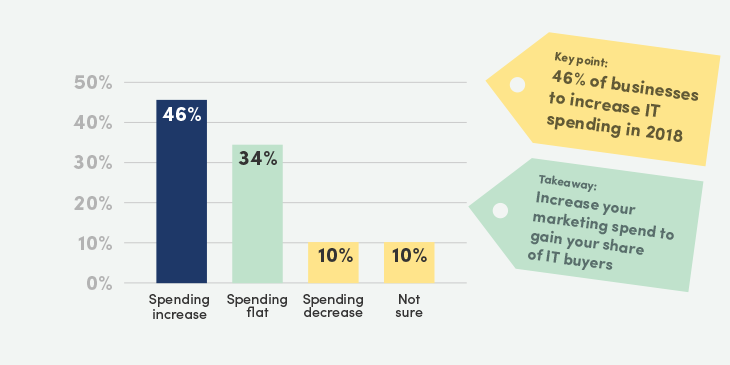
46% of businesses say they’re planning to spend more on IT this year. Not only is that a notable increase over the 37% from last year, but Gartner predicts that 2018 will see the biggest increase in IT spending since 2007.
In other words, this will be a big year for IT channel marketers. Your audience is ready to spend and you want to be the one that helps them decide what to spend their money on.
This isn’t the time to skimp. Increase your marketing budget to take advantage of the opportunity in front of you.
2. Match your offerings to the areas of highest interest
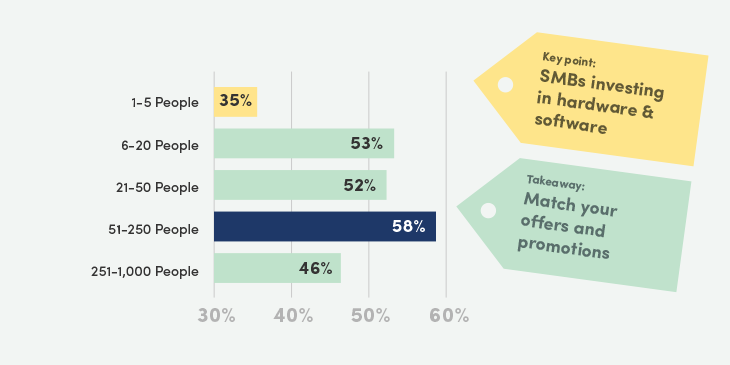
The biggest category of companies increasing their tech budgets is small and medium sized business (SMBs). 58% of businesses with 51-250 employees are spending more on tech, and more than half of those with 6-50 are as well. These are the businesses you should prioritize right now.
While bigger businesses spend more on cloud technology, SMBs are more interested in hardware and software products. As a channel marketer, your goal is to help businesses find what they’re looking for. So when working out your offers for the coming months, make sure hardware and software products useful to SMBs are part of it.
3. Focus your marketing on the biggest audiences
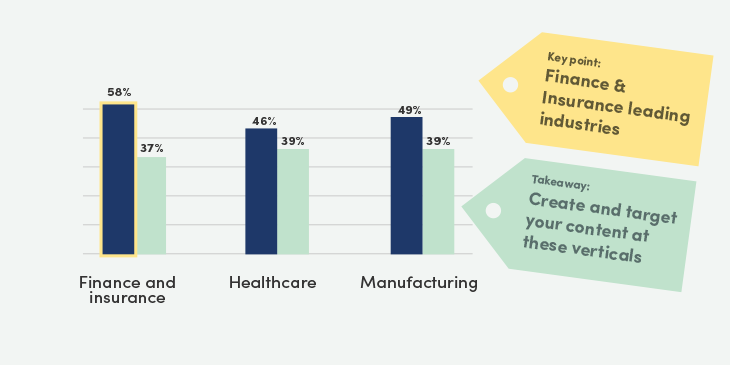
While there’s growth in IT spending across industries, 58% of businesses in the finance and insurance industries reported spending more, making them the biggest areas of opportunity for channel marketers.
That matches our internal campaign data. Of the 3 million IT buyers Extu’s campaigns reach each month, 20% of them are in finance and insurance.
To make the most of this information, you should not only offer products that will be useful to finance and insurance companies, but also create content that speaks specifically to these audiences. That could include content that addresses common issues they deal with, features industry influencers as expert sources, as well as case studies about other companies in the insurance and finance verticals.
Learn the language these businesses use and the issues they care about and create content that’s targeted directly at them.
4. Time your marketing right
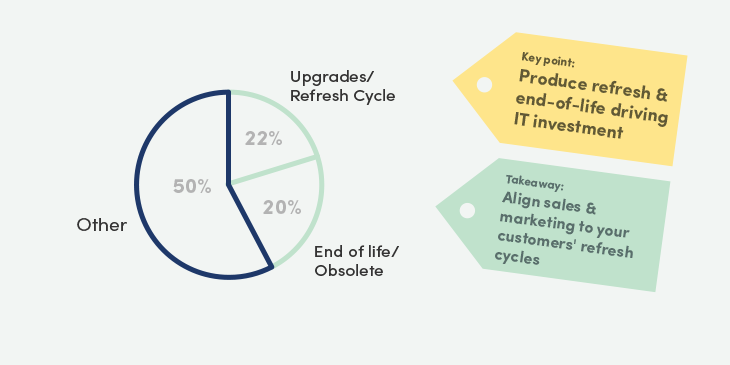
While channel marketers usually keep at it year round, it pays to be strategic in scheduling your marketing efforts. Our research shows that a lot of IT spending goes toward either product upgrades or refreshes (22%) or replacing a product reaching the end of its life (20%).
In the thousands of campaigns we’ve analyzed, content that helps people looking for a hardware or software refresh consistently performs well. When you’re planning your campaigns, pay attention to refresh cycles and make sure your content speaks to the refresh and EOL (end of life) needs that drive most IT investments.
5. Create content on the topics that matter most
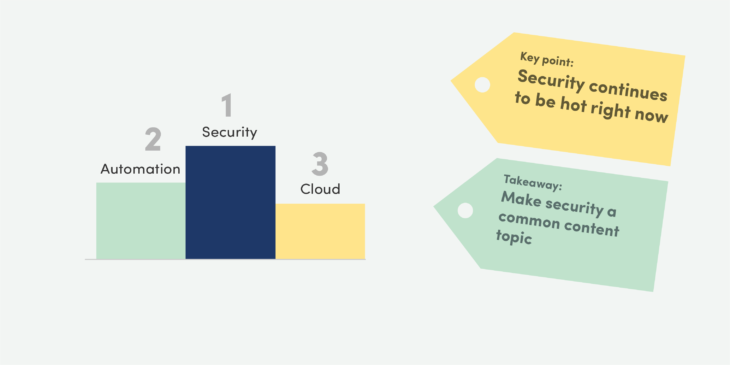
If you follow tech news, you may think that the most popular topics driving IT investment are AI and VR, but our research shows that the tech topic businesses are the most concerned about is security. This was consistent across multiple data sources – partner surveys, lead generation data, and content engagement metrics all showed that businesses are thinking about security.
With the high-profile data breaches and ransomware attacks of the last year, businesses are understandably seeking solutions to protect themselves and their customers. You can capitalize on that by making sure your offerings help solve their problems and that your content addresses their security concerns.
To create effective marketing, you have to know your audience and make sure you create campaigns that speak to what they care about. For more information to help you do that, download the full annual report and get to work turning information into action.



